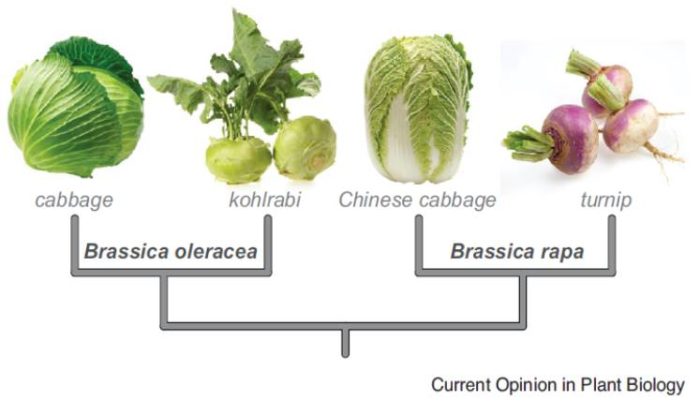
Review: Using mustard genomes to explore the genetic basis of evolutionary change ($)
Plant Science Research Weekly, Research0 Comments
/
Brassicaceae is one of the largest angiosperm families and provides many opportunities for studies of evolution. Of course, its most famous species, Arabidopsis thaliana is an important resource, but Brassicaceae also includes the very interesting Brassica crops (cabbage, turnip) that demonstrate the…

Review: The genomic basis of adaptation in plants ($)
Plant Science Research Weekly, ResearchEvolution starts with molecular variation and phenotypic diversity, upon which selection acts. Flood and Hancock review the approaches used to detect adaptive evolution. The top down approach starts with the phenotype and works to identify its genomic basis; examples are quantitative trait locus (QTL)…
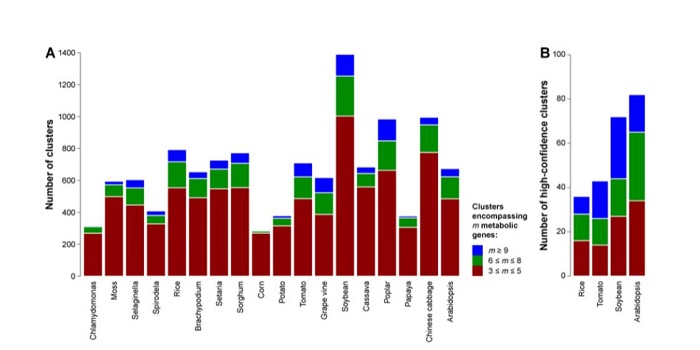
Genome-wide prediction of metabolic enzymes, pathways and gene clusters in plants
Plant Science Research Weekly, Research, Research BlogA considerable knowledge gap remains between the plant genome and the plant metabolome. To address this, Schläpfer et al. have developed a computational pipeline to identify metabolic enzymes, pathways, and gene clusters. Although metabolic genes are known to cluster in bacteria and fungi, until recently…
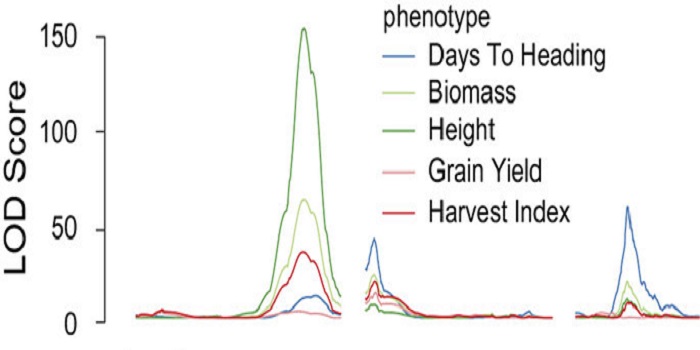
Field-based high throughput phenotyping identifies genes controlling yield in rice
Plant Science Research Weekly, Research, Research BlogThe classic art of plant breeding involves carefully examining a genetically segregating population for traits of interest. Increasingly, high-throughput, automated phenotyping systems are being used; for example, robots can carry plants to imaging chambers for data collection. However, growth-chamber…
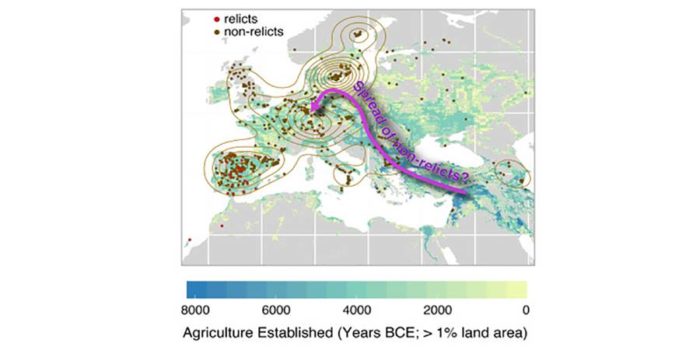
1135 Arabidopsis genomes reveal global pattern of polymorphism
Plant Science Research Weekly, ResearchThere are many accessions of Arabidopsis thaliana beyond the ecotypes predominantly used in research laboratories. In this article, The 1001 Genomes Consortium describe a resource based on whole-genome sequencing of 1,135 A. thaliana genomes from Europe, North Africa, and North America. This data…

Allelic diversity underlying flowering-time adaptation in maize landraces ($)
Plant Science Research Weekly, ResearchLandraces are native varieties that have been selected for adaptation to their native environment, and as such they provide a wealth of largely unexplored genetic potential. Romero Navarro et al. used a new approach called F-one association mapping (FOAM) in combination with genome-wide association strategy…
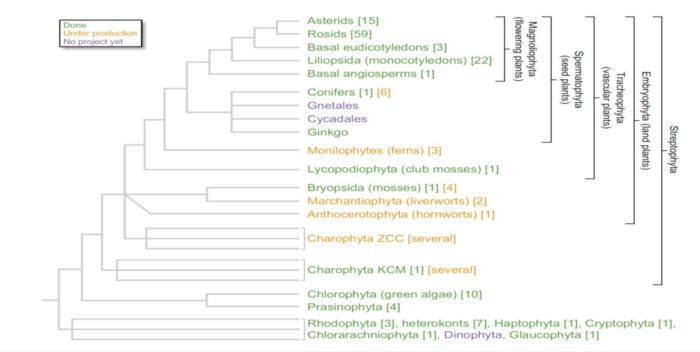
Insight: Why we need more non-seed plant models
Plant Science Research Weekly, ResearchThere is much to be learned from comparing plant genomes, but as Rensing writes, currently available genomic data are skewed heavily towards angiosperms. He argues that a richer understanding of plant evolution depends upon gaining insights into the non-seed plants, including ferns, mosses and liverworts,…
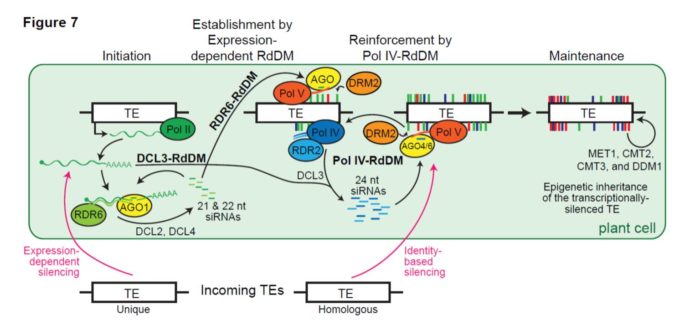
Dissecting transposon silencing through introduction of exogenous TEs
Plant Science Research Weekly, ResearchFultz and Slotkin explore the question of how transposable element (TE) silencing is initiated. As they describe, there are two recognized mechanisms, one based on TE identity (meaning that it can be silenced through siRNAs initiated from a related TE, and in which de novo silencing can occur in the…

Review: Mycorrhizal ecology and evolution: the past, present and the future
Plant Science Research Weekly, ResearchThere are about 50,000 fungal species that form mycorrhizal associations with about 250,000 plant species. These associations significantly increase plant productivity by increasing nutrient uptake, particularly nitrogen and phosphorus, although with a considerable carbon cost to plants. Van der Heijden…

